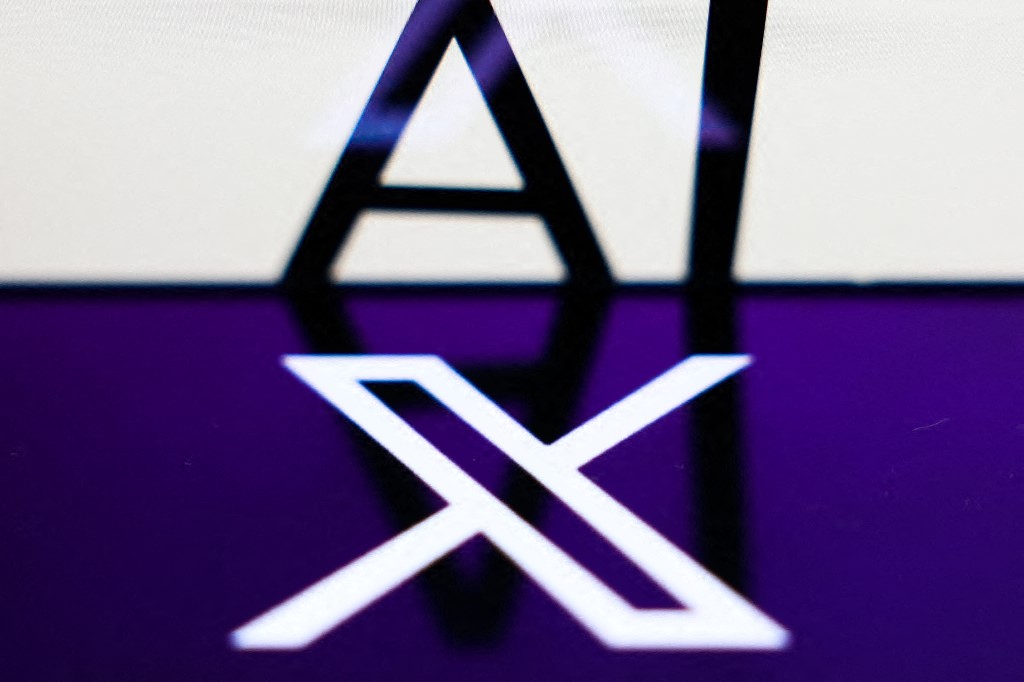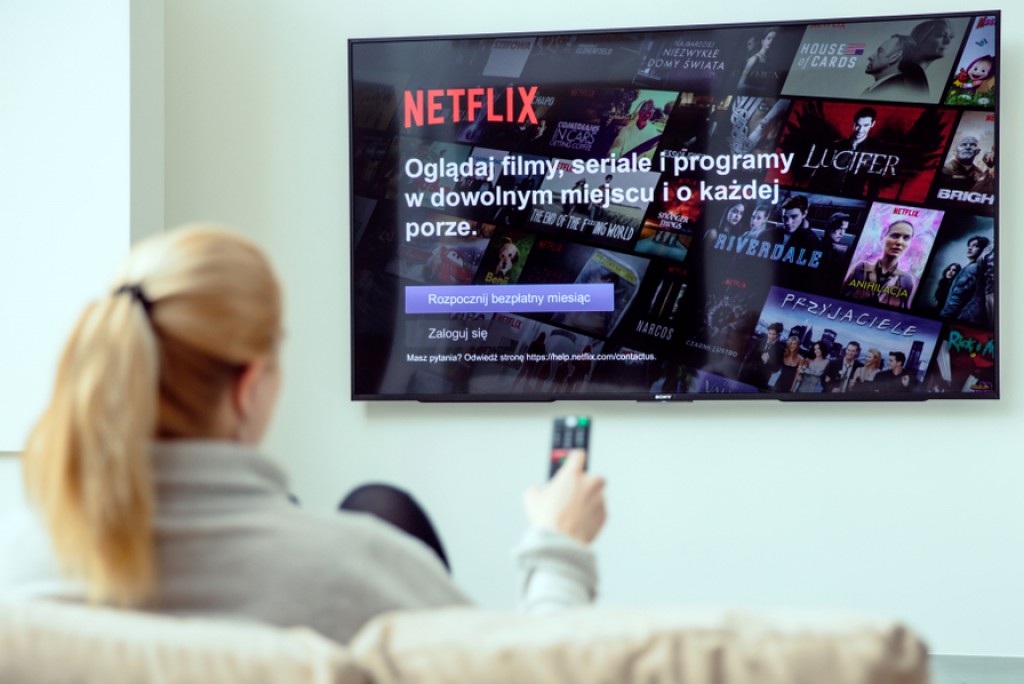As the region witnesses the surge in e-commerce popularity, retailers wonder as to what kind of new habits will this instill into the consumer. To learn more about the reasons for the changing habits in consumers and how it will impact the retail industry, Communicate sat with Sachinn J Laala and Richard Nicoll, CEO and Managing Director respectively of Liquid Retail, a shopper marketing, and e-commerce agency based in the region.
What significant changes are we seeing in consumer behavior at the moment?
Richard Nicoll – We’re seeing a seismic change in consumers’ shopping behavior for the last six to eight weeks. With everything shut down [as part of the country’s precautionary measures,] there has been a significant shift from offline to online. In the last four weeks, e-retailers have turned into a necessity for consumers. There was a trend moving in that direction even before the whole pandemic, but the amplification now has been quite incredible. And now with Ramadan underway, this will be the region’s first e-commerce Ramadan. Interestingly, right now, with the first phase of stores being reopened, there’s an uneven playing field because offline has been imposed with a ban on sales and promotions as opposed to the banner pages we’re seeing on e-commerce platforms.
Are consumers adopting a more minimalistic spending habit?
Sachinn J – The current market sentiment is to save a bit [rather than spend it all.] But shopping per se can’t be stopped, especially since the Middle East is built on shopping. We can’t remove the pleasure and joy that shopping evokes in people. There are two perspectives to look at. One is that while FMCG has grown, the other categories have been a little sluggish, possibly because people are in a wait and watch mode. The second is e-retailers, such as Amazon, Noon, etc, have actively pushed no sales on other categories, to focus only on the essential products.
What behaviors are you noticing from consumers during Ramadan right now?
R- It’s too soon to tell how things are going to go during the month. But what we’re going to be seeing is shoppers doing what they always wanted to do- which is making Ramadan special. The challenge this year for shoppers is figuring out how to make Iftar dinners different, from the dinners you’ve had with your family, during the previous month under isolation. These are the things that shoppers are going to be looking for and retailers have to push. There’s always a change in shopper behavior during Ramadan, and there are more expectations on stores, brands, etc. I think in the next couple of weeks, we’re going to see a tremendous craving for difference, both offline and online. What you will see are brands who were naturally veering towards empathy in the last four weeks, ramping that up again to be empathetic for both COVID and the holy month.
S – In principle, we already started Ramadan four weeks ago, where people have bought products in bulk, spent time with the family, mothers cooking for the entire home, etc. If anything, we should look at this year’s Ramadan as a current extension of what had already begun in early April, and what will continue till the end of May. From a shopper behavior perspective, the bulk buying which we normally see during Ramadan has already begun and now it’s going to be an extension of what’s already in progress. There won’t be any massive difference because- stores can’t have any promotions and the restrictions imposed on gatherings means shoppers, won’t be able to buy brands that symbolize Ramadan such as Vimto in bulk.
How will these changes affect consumers’ interactions with brands?
S – Brands have to start looking at e-commerce channels as part of the marketing mix because it’s now an integral part of the consumer shopping experience. The question is – can we have the same offline brand experience, online as well? Is it going to be more than just a salesman putting up basic banners online? The stories brands are communicating offline, need to match their online storytelling as well. It all needs to come together.
R- When you’re in a world where shoppers are able to shop anytime, anyplace and anywhere, you have to understand what’s driving that purchase more than ever before. So you have to start with shopper’s needs, which is pretty much consistent wherever they shop. These needs have to be properly translated to the specific attributes of the channel and not the other way around. A lot of the communication strategies in the past have been around creating communication for a channel and not necessarily focus back to shopper need. Once we’re past this climate, the reverse is going to happen; and marketers are going to take more consideration into why shoppers buy and why they don’t buy. [These insights are] going to be taken into account while creating the next e-commerce banner advert or social commerce solution. We’re starting to see that right now, as many brands are beginning to communicate in a more empathetic tone with shoppers.
What does this mean for the retail industry?
R- I think retail will change in general as a result of the pandemic. The momentum of what the industry calls frictionless retail; which means buy- anytime, anywhere, anyhow, offline, online, was happening. What’s going to happen is that lots of people who have never experienced online grocery shopping, would have probably been forced to do so and they would’ve loved the experience. So the question is -will they go back to the old ways of shopping? Yes, they will. But they’ll do an awful lot more [shopping] on e-commerce. Because of that, e-commerce needs to transform as well. Prior to Covid, e-commerce was a merchandising place, where you bought whatever you felt like. It was a convenience channel. But now, if it becomes a primary shopping channel, it needs to become an ‘experience’ channel. So we’re going to see these platforms investing a lot of money in creating shopping experiences. There is no doubt that the whole retail industry is going to change because of these new exposures consumers are experiencing.
Was the pandemic necessary for the retail industry to accelerate?
S – In principle, we’re catching up now to where the world already is, and the acceleration has helped us to get in line with where Europe, Asia, and the US are already sitting. In the US and Europe, you have about 15-17% of e-commerce sales whereas here we have about 4-5%. Considering that shopping is very important in this region, we should get to about 8-10% to catch up with the rest of the world in terms of e-commerce. This acceleration is helping the e-tailers and brands to think ahead. While it’s an unfortunate situation that we’re experiencing and we would want it otherwise, [the silver lining] is that it has helped us move forward as an industry and get in line with everyone else.
R – Consumers and brands are not going to go back to the world they knew before. E-commerce is here now and it’s a vital part. This acceleration would’ve happened slower if the pandemic wouldn’t have happened. We now have an opportunity to pioneer, because our market is relatively small as opposed to its high ambitions. Our position can be shifted from being a follower to being a leader, why? For one thing, we have multiple convenience options in terms of payment processes whether it be cash, Apple Pay, credit card, etc. The region’s shopping market has also allowed the consumer to experience the best of luxury as well as the best of cheap goods as well, and e-commerce is going to help continue that tradition.






